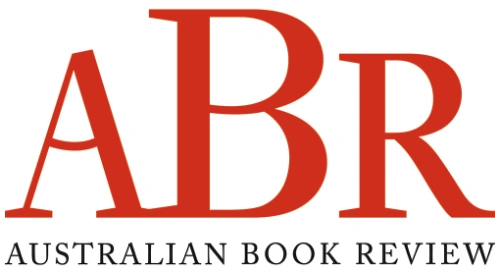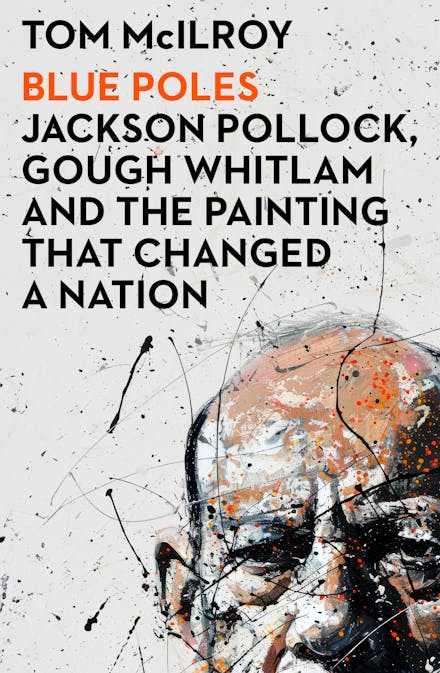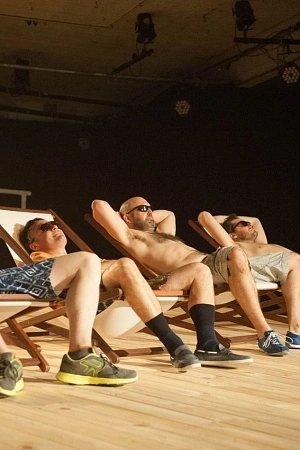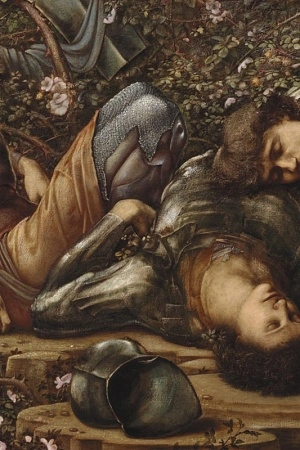Dark Mofo 2016 (MONA)
The streets of Hobart are especially cold and quiet on the longest night of the year. Those out and about are simply commuting from place to place, wrapped in scarves, hats, and jackets. Some head towards St David's Cathedral to attend Heart of Darkness, the penultimate performance of Tasmania's annual winter solstice festival, Dark Mofo – possibly also for sanctuary from the Antarctic winds.
David Walsh takes a seat on a heated pew two rows from the front. People behind him murmur, pointing discretely towards him. Walsh wears his trademark rectangular black-rimmed glasses and a suit jacket as speckled-grey as his stubble and wavy locks. This is a somewhat dour look for the enigmatic owner of Hobart's Museum of New and Old Art (MONA), who was spotted a few days prior, strolling by the cellar door of his Moorilla winery in a fine suit of fluorescent orange.
Continue reading for only $10 per month.
Subscribe and gain full access to Australian Book Review.
Already a subscriber? Sign in.
If you need assistance, feel free to contact us.















Leave a comment
If you are an ABR subscriber, you will need to sign in to post a comment.
If you have forgotten your sign in details, or if you receive an error message when trying to submit your comment, please email your comment (and the name of the article to which it relates) to ABR Comments. We will review your comment and, subject to approval, we will post it under your name.
Please note that all comments must be approved by ABR and comply with our Terms & Conditions.